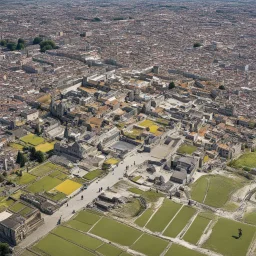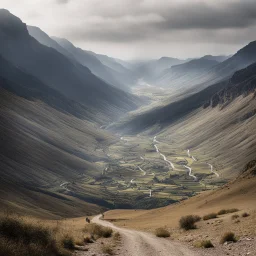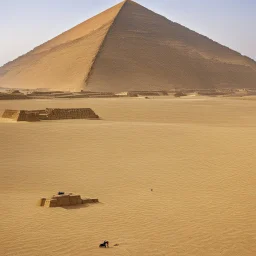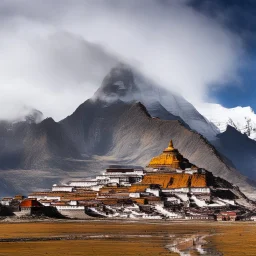
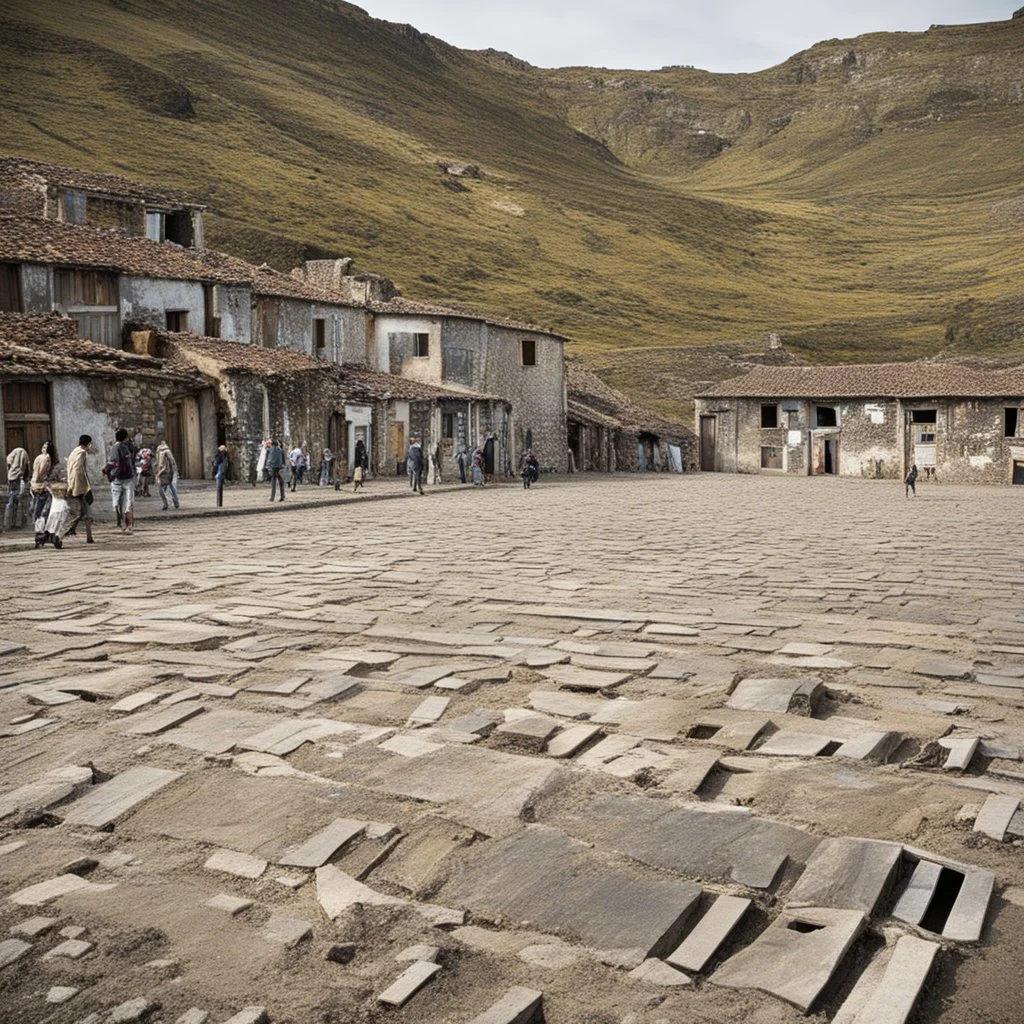
@generalpha
Prompt
Non-lieu ("non-place" or "nonplace" in English) is a concept, introduced by French anthropologist Marc Augé. It describes transient spaces where people maintain anonymity and which lack the cultural or historical significance to be considered true "places" in anthropological terms. Augé contrasts this concept with "anthropological places," which are spaces that reinforce identity and facilitate meaningful social interactions among individuals with shared cultural references. Non-places, however,
statue, doubles, twins, entangled fingers, Worst Quality, ugly, ugly face, watermarks, undetailed, unrealistic, double limbs, worst hands, worst body, Disfigured, double, twin, dialog, book, multiple fingers, deformed, deformity, ugliness, poorly drawn face, extra_limb, extra limbs, bad hands, wrong hands, poorly drawn hands, messy drawing, cropped head, bad anatomy, lowres, extra digit, fewer digit, worst quality, low quality, jpeg artifacts, watermark, missing fingers, cropped, poorly drawn
1 year ago
Model
SSD-1B
Guidance Scale
7
Dimensions
1024 × 1024
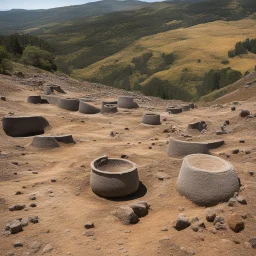
![[art by Greg Smallwood] In the mountain valleys of China’s Fujian Province, large, rammed earth fortresses lay abandoned](https://img.stablecog.com/insecure/256w/aHR0cHM6Ly9iLnN0YWJsZWNvZy5jb20vZGVmYzRkYzYtMDc4OC00ZTU2LWFlYTAtNmUzZDRlZjI2YjljLmpwZWc.webp)
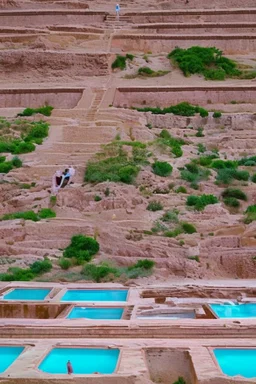
![[very impressive high res masterpiece in Kodak Eastman 5247, scene by László Krasznahorkai] Pharesm made a peremptory gesture. Cugel fell silent. Pharesm drew a deep breath. "You fail to understand the calamity you have visited upon me. I will explain, so that you may not be astounded by the rigors which await you. As I have adumbrated, the arrival of the creature was the culmination of my great effort. I determined its nature through a perusal of forty-two thousand librams, all written in crypt](https://img.stablecog.com/insecure/256w/aHR0cHM6Ly9iLnN0YWJsZWNvZy5jb20vNzg3MGUwYzgtMzE5NS00NDg5LWE0MjUtN2M3Njc0YzQ4NDc0LmpwZWc.webp)
![[art by Greg Smallwood] In the mountain valleys of China’s Fujian Province, large, rammed earth fortresses lay abandoned](https://img.stablecog.com/insecure/256w/aHR0cHM6Ly9iLnN0YWJsZWNvZy5jb20vYTQ5ODdjNzUtZjZlMy00NDJjLWFkYzItZmZlNDQxZjIyZGVhLmpwZWc.webp)
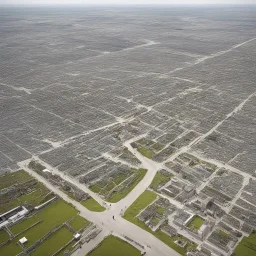
![Beaker culture introduces the practice of burial in single graves, suggesting an Earlier Bronze Age social organisation of family groups.[153] Towards the Later Bronze Age the sites move to potentially fortifiable hilltops, suggesting a more "clan"-type structure.[154] Although the typical Bell Beaker practice of crouched burial has been observed,[155] cremation was readily adopted[156] in accordance with the previous tradition of the autochthons.[134] In a tumulus the find of the extended skele](https://img.stablecog.com/insecure/256w/aHR0cHM6Ly9iLnN0YWJsZWNvZy5jb20vYzI2NzdkMzgtNDZiMS00OGY1LThkNjAtMmVkODQ1NmNmNjVlLmpwZWc.webp)
![Beaker culture introduces the practice of burial in single graves, suggesting an Earlier Bronze Age social organisation of family groups.[153] Towards the Later Bronze Age the sites move to potentially fortifiable hilltops, suggesting a more "clan"-type structure.[154] Although the typical Bell Beaker practice of crouched burial has been observed,[155] cremation was readily adopted[156] in accordance with the previous tradition of the autochthons.[134] In a tumulus the find of the extended skele](https://img.stablecog.com/insecure/256w/aHR0cHM6Ly9iLnN0YWJsZWNvZy5jb20vODk2ZmI5NzctNjhjYS00MWQ1LWFkYWYtYTU3NTQ0ZmRkYjEyLmpwZWc.webp)
